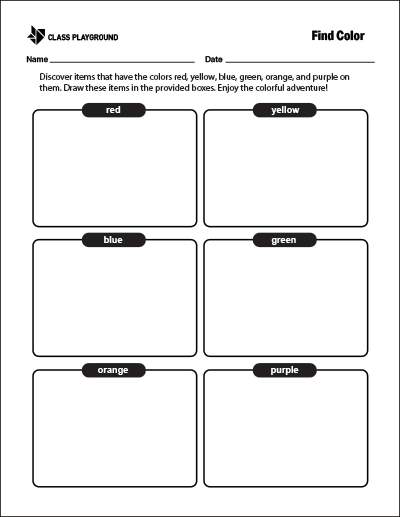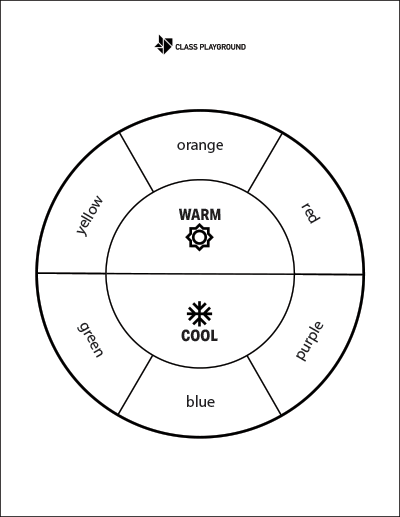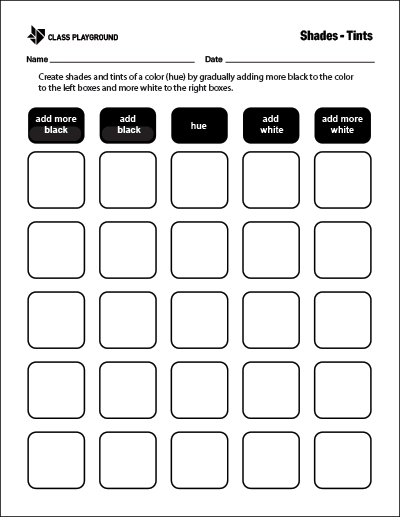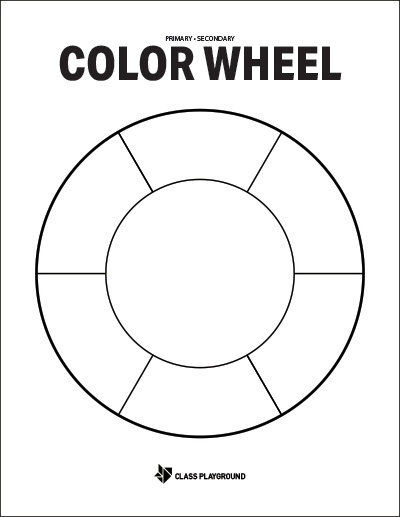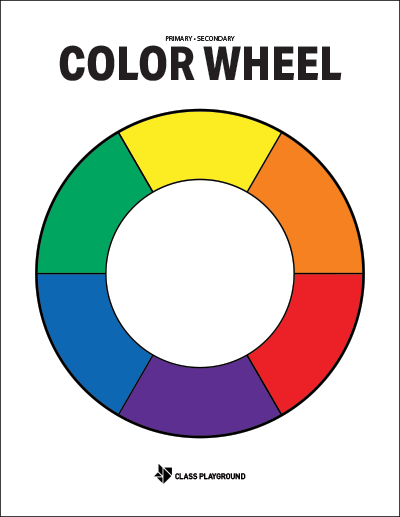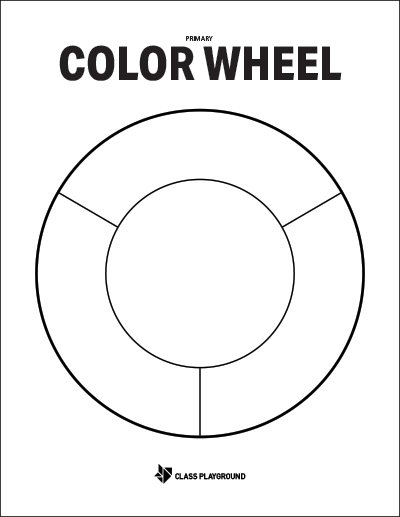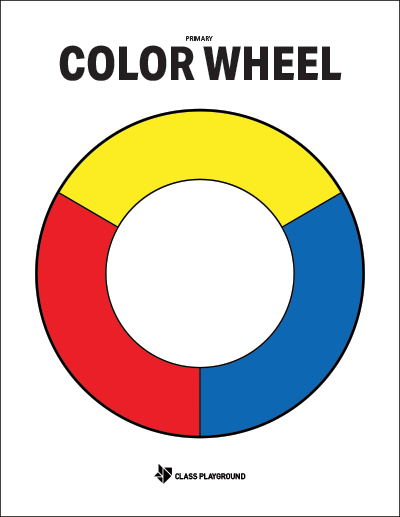What is the Element of Art: Color?
Color is a powerful tool in visual communication and artistic expression. It can evoke emotions, convey messages, and create a sense of harmony. Colors have three basic qualities: hue (the name of the color), value (the lightness or darkness of a color), and intensity (the brightness or dullness of a color).
Why Teach Color to Kids?
- Enhances Creativity: Teaching children about color opens up a world for them to explore and express their creativity. They learn how to use different colors to convey feelings and thoughts, and how mixing colors can create new hues. This exploration not only develops their artistic skills but also promotes innovative thinking.
- Develops Cognitive Skills: Understanding color requires children to engage in problem-solving. Figuring out which two primary colors to mix to create a specific secondary color necessitates analytical thinking. Furthermore, discussing how different colors can represent various feelings or ideas can enhance their critical thinking skills.
- Encourages Emotional Expression: Color serves as a powerful tool for emotional expression. Warm colors can represent emotions like happiness and excitement, while cool colors can symbolize calmness or sadness. By teaching children about these associations, we equip them with a non-verbal avenue to express their emotions.
- Promotes Cultural Understanding: Colors hold different meanings across cultures. For instance, white often symbolizes purity in Western cultures, but represents mourning in many Eastern societies. Teaching children about these cultural differences can foster understanding and respect for diverse cultures.
- Enhances Visual Learning: Children are typically visual learners. Understanding color, its impact, and how to use it effectively can bolster their visual learning skills. This knowledge can benefit other areas of study involving visual elements, like geography, science, and even mathematics.
Strategies for Teaching Colors
- Introduce the Color Wheel: The color wheel is a circular diagram that represents the relationships between colors. Start by explaining primary colors (red, yellow, blue) which cannot be made by mixing other colors. Then, introduce secondary colors (green, orange, purple) which are made by mixing two primary colors. Finally, teach them about tertiary colors which are created by mixing a primary and a secondary color. You can create a fun activity where children mix paints to make secondary and tertiary colors, reinforcing these concepts through hands-on learning.
- Discuss Warm and Cool Colors: Teach kids about the difference between warm colors (red, yellow, orange) and cool colors (blue, green, purple). Warm colors can evoke feelings of happiness, optimism, and energy while cool colors can evoke feelings of calm, peace, and sadness. Ask the children to create two drawings, one that makes them feel happy and another that makes them feel calm. Afterwards, discuss the colors they used in each drawing and how they relate to warm and cool colors.
- Explain Color Value: Color value refers to the lightness or darkness of a color. Teach them how adding white to a color creates a lighter value (tint), while adding black creates a darker value (shade). You can demonstrate this by painting a gradient scale from light to dark using one color, adding increasing amounts of white or black. This will help them understand how they can use tints and shades to add depth and dimension to their artwork.
- Teach Color Harmony: Color harmony refers to the arrangement of colors in a way that is pleasing to the eye. Explain the principles of color harmony, including complementary colors (colors opposite each other on the color wheel), analogous colors (colors next to each other on the color wheel), and monochromatic colors (different values of the same color). Assign a project where they create three separate art pieces, each using one of these color harmonies. This will give them a practical understanding of how to use color harmony in their own artwork.
- Discuss Emotional and Cultural Significance of Colors: Colors can symbolize different emotions and have varying meanings in different cultures. For instance, red can symbolize love or anger, while blue can symbolize peace or sadness. In some cultures, white is a symbol of purity, while in others, it represents mourning. Discuss these different interpretations and ask the children to create an artwork that expresses an emotion or cultural belief using relevant colors. This can be a great way to teach children about diversity and cultural respect, while also helping them understand the symbolic power of color in art.
Activities
- Color Wheel Painting: Provide kids with primary color paints (red, yellow, and blue) and a blank color wheel. Ask them to fill in the secondary and tertiary colors by mixing the primary ones. This activity not only helps them understand the relationships between different colors but also gives them practical experience in color mixing.
- Warm vs. Cool Collage: Have children create two separate collages, one using warm colors and the other using cool colors. They can cut out images from magazines or use colored paper. This will help them differentiate between warm and cool colors and understand their emotional connotations.
- Shades and Tints Artwork: Give each child a single hue of paint, along with white and black paint. Ask them to create a picture using only different tints (by adding white) and shades (by adding black) of their given color. This will solidify their understanding of color value.
- Harmony in Nature Drawing: Encourage kids to observe nature and find examples of color harmony. They can then create a drawing or painting based on their observations using complementary, analogous, or monochromatic colors.
- Emotion Color Cards: Give children a list of emotions and ask them to choose a color that they associate with each emotion. They can then create ’emotion color cards’ using colored paper or paint. This activity will help them understand how color can be used to represent different feelings.
- Cultural Color Symbols: Discuss how different cultures perceive colors and have different color symbols. Then, let kids create a piece of art that represents a particular culture’s color symbolism. This could be a drawing, painting, or collage.
- Color Scavenger Hunt: Organize a scavenger hunt where children have to find objects of specific colors. This can be done indoors with toys and household items, or outdoors with natural elements. This fun and interactive activity will help reinforce their knowledge of colors.
- Color Mixing Experiment: Set up a science-like experiment where children can predict what color will be created when two colors are mixed together. This can be done with paint, food coloring in water, or colored playdough.
- Monochromatic Self-Portrait: Ask kids to create a self-portrait using only one color but in different values. This will help them understand how to use tints, tones, and shades to create depth and dimension.
- Color Mood Board: Let the children create a mood board for a specific emotion using cut-outs from magazines, colored paper, and any other materials they like. This will help them understand how colors can evoke certain moods or feelings.

